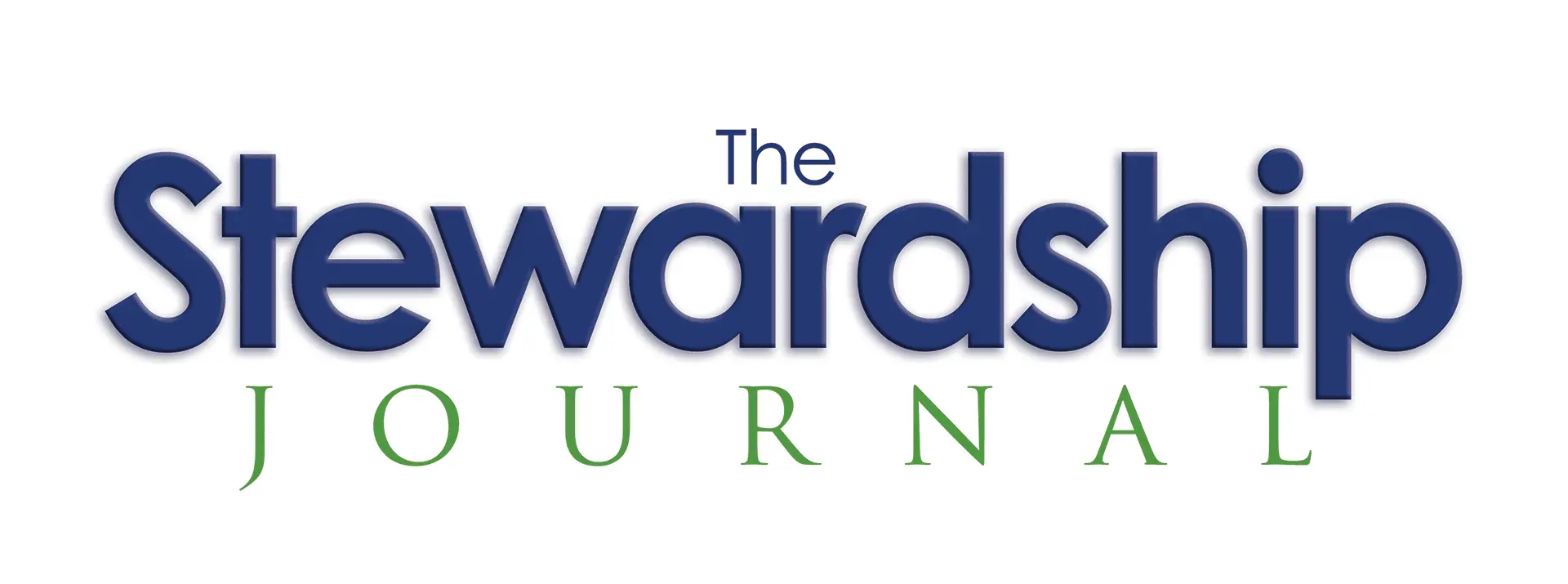
I believe that by 2030, less than six years from now, we will witness a significant wave of church closures across the U.S. Church closures are happening already, and the pace of closures is picking up. A few weeks ago, Lifeway Research posted the following headline: Southern Baptists Lost More Than 1,200 Congregations in 2022. Unfortunately, Southern Baptists are not alone. The same Lifeway post wrote, “Previous Lifeway Research analysis found approximately 4,500 Protestant churches were closed in the U.S. in 2019 while only around 3,000 were started.”1. After 2030, the pace of closures will accelerate, and one leading cause will be the inability of congregations to manage their declining facilities.
Will your church be financially stable by 2030, ready to not simply survive into the future but equip yourself to continue your mission of connecting people to Jesus? Your church’s financial stability is not just about its survival but about the continuation of its mission. It’s about ensuring that your church remains a beacon of hope and a place of worship for generations to come. So, with that in mind, this Coach is entitled Planning for Ministry in the 2030’s.
Last year, I wrote, “Aging facilities will make it difficult for many churches to survive. Inflation and supply chain issues will continue pushing prices up, and rarely do they go down once they have gone up. Additionally, interest rates are on the rise, so the money you borrow will cost you more to repay. As I always say, “Your project will cost more than you think and take longer than you like.” Delaying your next project might make it impossible to afford. Now is the time to begin planning for the future of your facilities.”
How old is your “New Fellowship Hall?” As I read those who are thinking of what the future of the Church will be, I find little is discussed about the aging of our facilities. We hear a lot of generational talk. There is some writing on generational giving. One of our problems moving forward isn’t simply that the church is filled with “old people.” The facilities are old. Most of our facilities were built in the last century! They are often a barrier to connecting with the 21st-century world we now minister in. It’s time to bridge this gap and bring our facilities up to date.
Then came Covid. Covid forever changed the church landscape; even younger churches face facility issues. We are forced now to ask what kind of facilities, if any, are needed to carry forward the church’s vision. Your church isn’t the building, but buildings give us a huge visible platform to do ministry through.
Here are the types of projects we are seeing:
- Renovation – We have a massive renovation issue facing us. It is my opinion, based on my observations, that this one issue, above all others, will force many churches to close their doors due to the cost of upkeep for aging facilities.
- Repurposing – This is perhaps one of the biggest challenges we face as we emerge from the pandemic. We must now think and build out physical infrastructure and the technology infrastructure for remote engagements.
- Adoption/New Campuses—Mega–churches and medium-sized churches will typically have one church with multiple locations, including online.
- Debt Reduction—My advice is to become debt-free as quickly as possible. When hard economic times come, any debt becomes a brick weighing you down. You can delay paying the staff, but you can’t delay paying the bank. Being debt-free gives you freedom and more money so you can pay the staff (and yourself!).
All of the above require money. A lot of it. I purposefully set this edition to follow last week’s Coach that laid out the Legacy Team concept. Here is a quote from last week, “On average, the typical church sees 15% of their donors give 50% of all that is given. That is what I have discovered from over twenty-five years of looking at church-giving data. For multiple million-dollar budgets, the average typically runs around 10% or less. When it comes to capital campaign giving, our data reveals that half of the 15% commit 50% of what is committed to the capital campaigns. The remaining half of the 15% commits around 40%.” 90% comes from 15% in a capital campaign. Where do you think your focus should be?
This is why you must form your own Legacy Team. I have clients who have essentially done this without putting a tag on it. They have learned the importance of staying connected with their giving leaders on a continual basis. I don’t care what you call it or how you do it. What I’m advocating is embracing this concept. You flesh out how that will work best in your setting.
I advise a two-pronged approach with your Legacy Team. When it comes to giving, Legacy Team members don’t need lessons on tithing. They are looking for ways to direct funds over and above their tithe. You want to connect the church’s vision to that desire. That fuels immediate missions and ministry as well as near-term capital projects. That is the first stage.
The second stage is to encourage the Legacy Team to leave your church in their estate, which will give you the ability to establish and fund an endowment for the church. Our lack of estate planning has hurt churches all over America. We must teach, preach, and provide tools to help our members be good stewards of their estate. As a Boomer, let me be frank: We are not just retiring; we are dying. Other non-profits are casting their vision to your Boomers asking for a slice of their endowment. Your vision is better because it’s eternal. Have you connected your Boomers with your vision? A Legacy Team approach is a great way to accomplish this.
Why is it imperative to start planning for the future? Because the church that survives into the future will be the church that prepares for the future today. If a church wants to stay open beyond 2030, they must start planning now.
I am on vacation in Europe, visiting my daughter and her family and seeing the sites. The next Coach will be June 3rd.
 1
1
Mark Brooks – The Stewardship Coach
mark@acts17generosity.com

OnlineGiving.org, the leading online giving processor in America, sponsors my writing. Find out more about their services at https://www.onlinegiving.org/.

